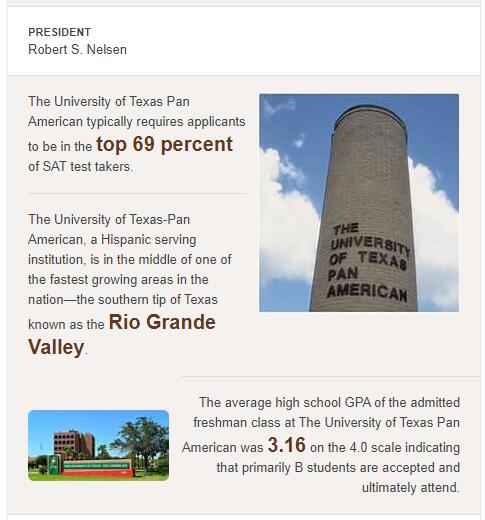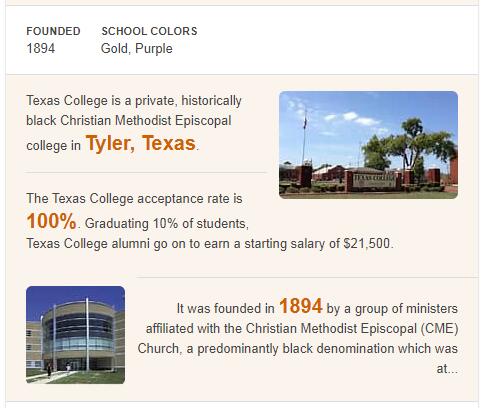Texas is a state in the southern United States. It ranks 2nd in terms of territory in the United States (696,241 km²) after Alaska and 2nd after California in terms of population (25,674,681 people). Texas is one of the centers of American agriculture, cattle breeding, education, oil and gas and chemical industries, and financial institutions. The state capital is Austin; administrative division – districts (254).
The name of the state comes from the Spanish word “tejas”, and then, in turn, from the Indian “táysha”, in the language of the Caddo tribes meaning “friend”, “ally” (the first Spanish explorers of the territory called the Indians who were part of the Hasinai confederation). The American state abbreviation is TX.
STATE NAME
The name of the state of Texas, like most other US states, comes from the language of the American Indians. In the Hasinai dialect of the Caddo Indian language, the word tayshas means “friends”, “allies”. It is believed that it was from this word that the name of the modern state of Texas came from.
GEOGRAPHY
The state of Texas is located in the South of the United States and belongs to the southwestern central states of the United States. Texas is the largest state in the continental United States, its territory is 696,241 km2 (second place among the US states, only Alaska is larger). Texas borders the states of New Mexico to the west, Oklahoma to the north, Arkansas to the northeast, Louisiana to the east, and Mexico to the south. In the southeast, the coast of Texas is washed by the waters of the Gulf of Mexico. Most of Texas is located in the US Central Time Zone, the state’s two westernmost counties are in the Mountain Time Zone. The territory of Texas is so large and diverse that it is difficult to point out pronounced areas on it. Nevertheless, four main physiographic regions are usually distinguished in the state: the coastal lowland in the south and east, the region of “ridges and basins” in the west, the “Great”
CLIMATE
The vast area of Texas also causes a significant variety of climatic conditions on its territory. In general, the eastern part of the Lone Star State has a humid subtropical climate, while the western part has an arid continental climate. Located to the east near the Gulf Coast, Houston (the largest city in Texas and the fourth largest city in the United States) has hot and humid summers (average August temperatures are between 24°C and 35°C) and mild and warm winters (average January temperature – from 6°C to 17°C). Precipitation is plentiful all year round, but snow here is a rarity. On the plains of the northern regions of Texas, the climate is temperate, semi-arid. The average temperature of the coldest month, January, around the city of Amarillo, varies from -5°C to 9°C, while the hottest month, July, ranges from 19°C to 33°C. In the extreme west of the state, in El Paso, the climate is dry with hot summers and fairly mild winters. There is very little rainfall here, the average temperature in July usually ranges from 21°C to 35°C, and in January from 0°C to 15°C. El Paso is known as the “City of the Sun” and typically has over 300 clear days a year.
ECONOMY
The economy of the state of Texas ranks second (after California) in the United States of America in terms of gross domestic product. If the “Lone Star State” were an independent state, it would rank fifteenth on the list of the richest countries in the world. More than fifty Fortune 500 companies (the largest corporations in the United States) are headquartered in Texas, only New York and California have more headquarters. In addition, Texas is the largest exporter among all US states. At the same time, the Texas economy is very diverse, the state extracts and processes minerals, produces a variety of industrial and agricultural products, tourism and high-tech industries are rapidly developing.
TOURISM
Tourism is an important industry in the Lone Star State. Numerous visitors are drawn to the mild climate of Gulf Coast resorts, the sandy beaches of the barrier islands, scenic reserves, Texas heritage sites, and other attractions.
Largest Counties in Texas
Originally an independent republic, Texas joined the U.S. in 1845. It has a unique history of independence and played a key role in the Mexican-American War and the oil boom. Texas has 254 counties, the most of any state. 10…
Read more



























